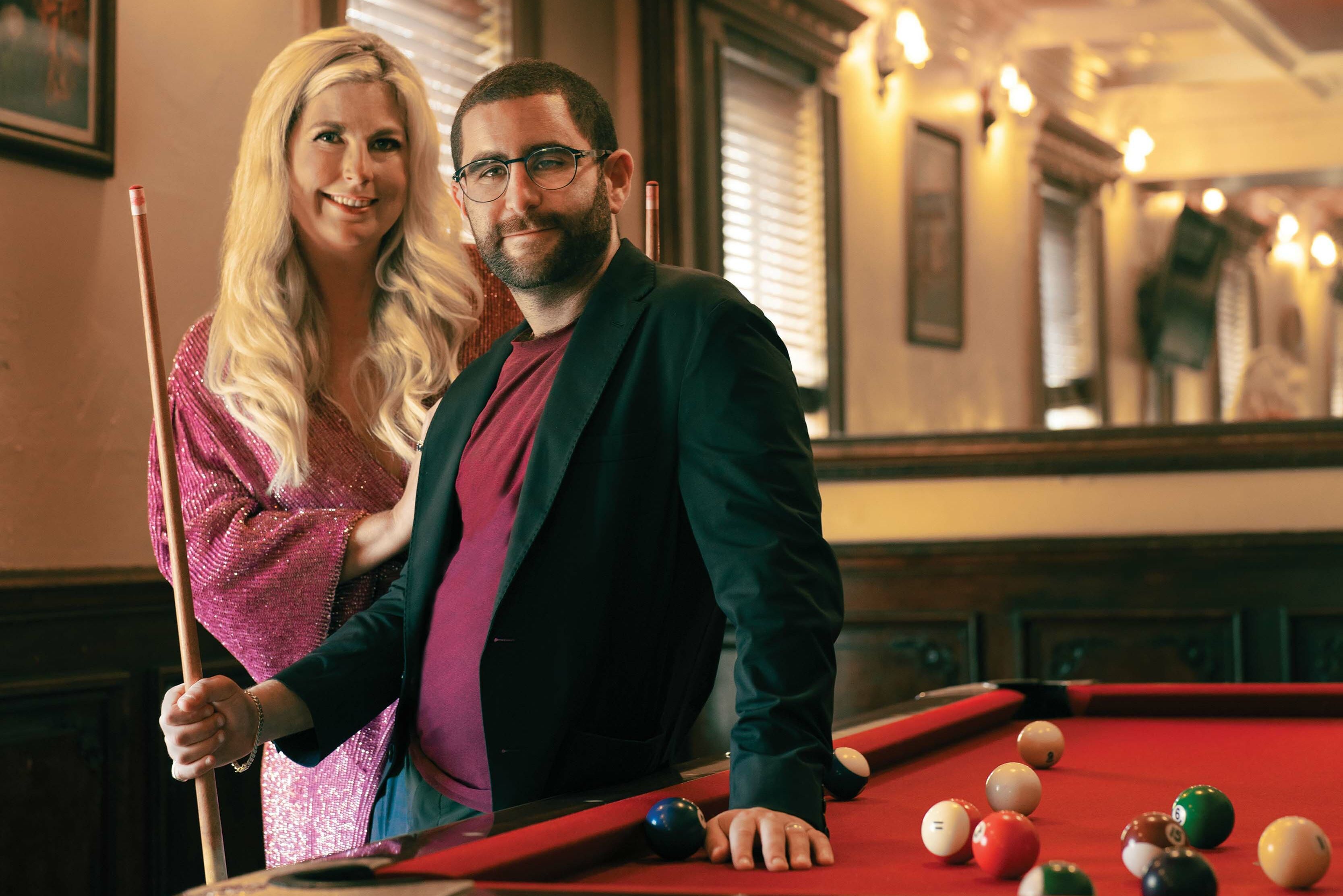How to Navigate Women’s Specific Financial Planning Needs

Image: Aya El Tilbani
Most people know about America’s startling pay gap between men and women, but did you know there’s also an investment gap? Women are roughly half as likely to invest their money as men, and 70
percent of women have never met with a financial adviser.
But more women are bridging that gap by breaking into the financial planning industry, where they’re helping women who, in many cases and across generations, have not been taught to talk about money. To find out more, we spoke with Stacey Crawford of Capstan Financial Consulting Group and Melissa Walsh of Clarity Financial Design, two local women in the often-male-dominated financial advising sphere. They shared tips on how and where to start, instead of
waiting for divorce or becoming a widow—the two most common reasons women decide to seek financial planning services.
How is financial planning different for women?
Crawford: “We typically live longer than men, so we have to plan for that. Historically, women have earned less in the workforce, too, which affects income potential and Social Security income.”
Walsh: “Women might reduce earnings for a better work-life balance since they
often prioritize supporting kids and grandkids. There’s an element of women feeling judged, and they don’t expect that financial planners can deal with that. But we can. We just need to consider different income patterns.”
Why don’t women talk about money as much as men?
Walsh: “In many cases, women typically rely on a romantic partner to manage
wealth and make decisions around money. They come in worried and embarrassed and suddenly have a puzzle to piece together.
“We’re taught to consider money differently. The lessons are to ‘make sure to use
coupons and not buy full price.’ But when men talk about money, it’s about growing their career and taking
risks.
“Women are more aware of the tradeoffs and asking themselves, ‘Can I be a powerful professional and a good mom?’ Many think that’s in direct conflict, so trying to grow your income sounds like you’re not prioritizing your family. It’s exciting for men and for us it’s shaming.
“Controlling spending is important, but more important than that is increasing
income and dedicating dollars to savings. Women expect me to say, ‘Ooh la la, you spent too much this month,’ when in reality it’s more important to take note of when you last asked for a raise. And if you’re a business owner, are you adjusting your rates to match inflation and your costs?”
What do you offer to women clients?
Crawford: “We input their data like income, expenses, assets, liabilities, goals and what state they live in for tax purposes, and our program creates a visual roadmap that helps decisions come to life.
“It moves with the client’s needs. If you want to join a club with a membership fee or pay for your kids’ college education, you enter those items to measure what impact those moves might have to make an informed financial decision. It’s never as scary as they think it will be.”
When should women start?
Crawford: “Start building a relationship sooner rather than later. You can go to a
financial adviser and start to strategize and work on saving on your company-sponsored plan, if your workplace offers one. Start with, ‘This is where
I am. How can I get to the point of investing with you?’ And the adviser can share tips to get there.
“Investing is best when it’s time in the market, rather than timing the market—don’t wait until the market looks great to jump in. Just consistently start investing.
“There are firms with a threshold of $100,000 to $250,000 liquid in the bank for
clients, but that’s not the case at Capstan. We can work with someone with just $6,000.”



